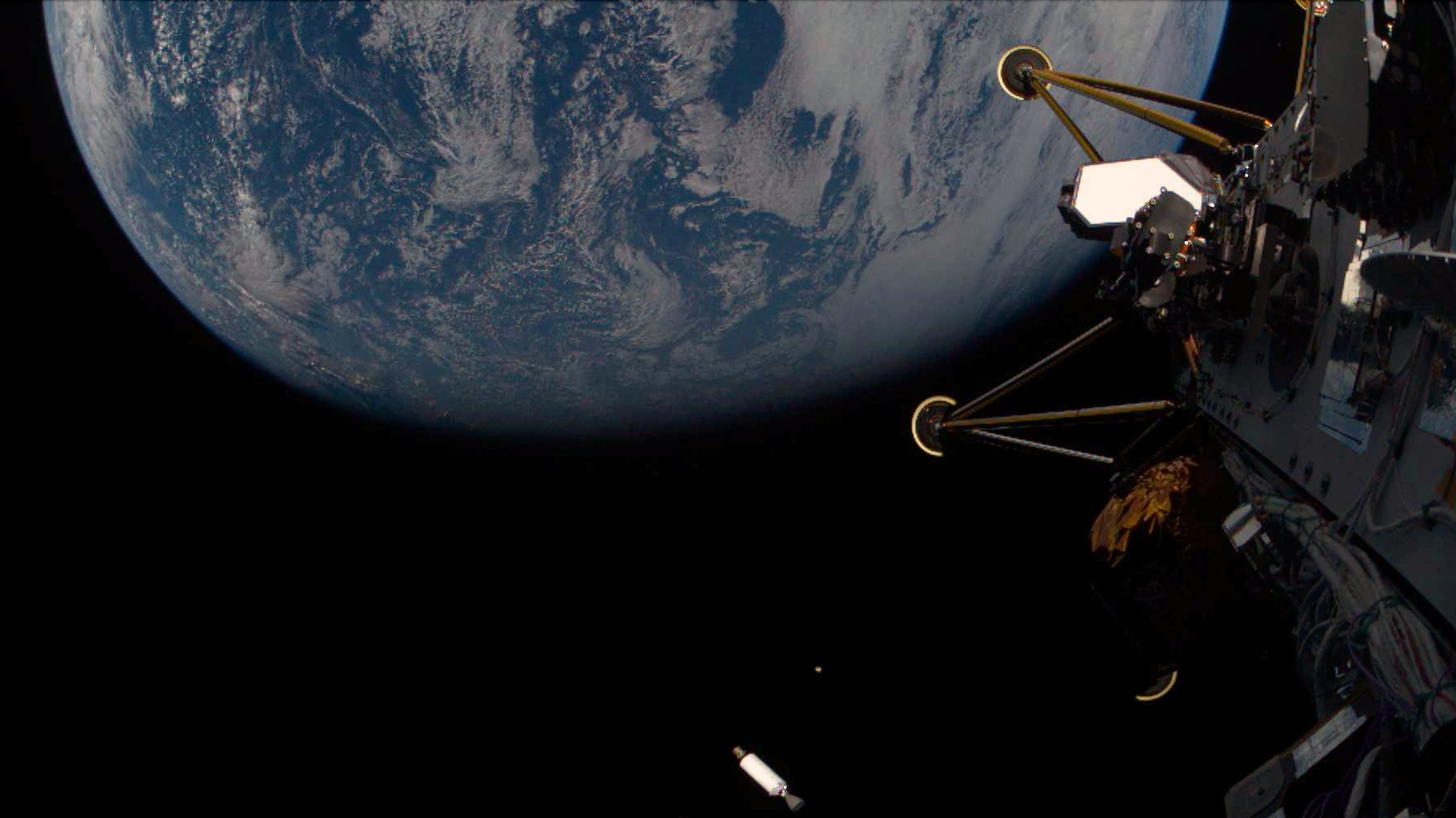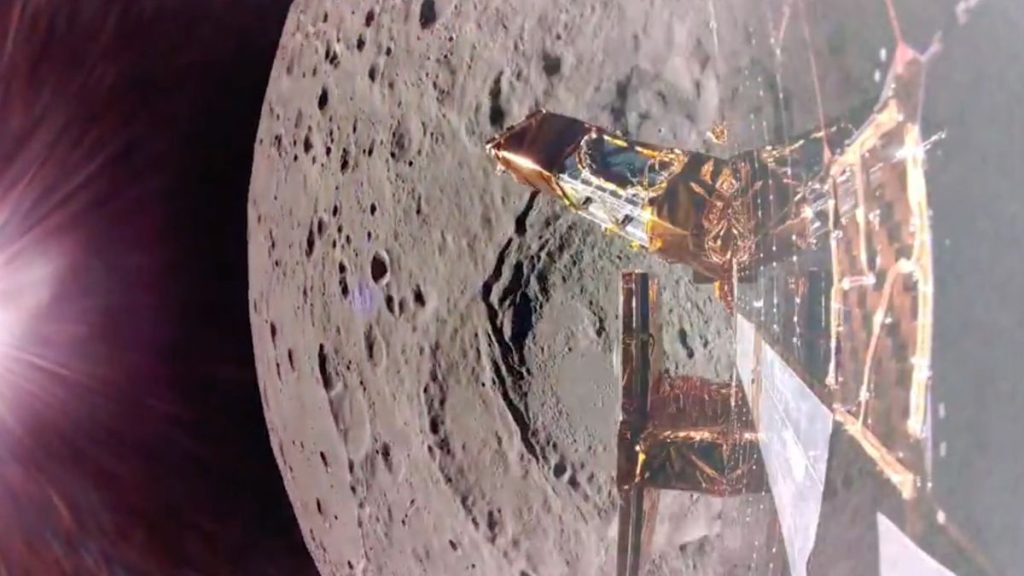We’re living through a big moment in spaceflight history.
With the launch of Intuitive Machines’ Athena spacecraft atop a SpaceX Falcon 9 rocket last night (Feb. 27), three lunar landers are currently on their way to the moon. Such a surge of exploration has never happened before — and all three vehicles are operated by private companies.
“Athena joining a historic wave of lunar landers on their way to the moon is an extraordinary moment,” Intuitive Machines CEO Steve Altemus said in a statement this morning (Feb. 28).
“While the most vital part of this mission lies ahead, we believe this is a signal that lunar services are rapidly advancing alongside civil and commercial intent to establish a foothold on the moon to reach further into the solar system,” he added.

The other two private landers — Firefly Aerospace’s Blue Ghost and Resilience, built by Tokyo-based ispace — launched atop the same SpaceX Falcon 9 rocket on Jan. 15.
Blue Ghost, like Athena, is flying under the flag of NASA’s Commercial Lunar Payload Services program, which puts agency science gear on private robotic landers. The goal is to gather data that will help pave the way for NASA’s Artemis astronauts, who are scheduled to touch down near the moon’s south pole a few years from now and then establish one or more bases in the water-rich region over the ensuing years.
Blue Ghost and its 10 NASA payloads have been circling the moon for two weeks and are scheduled to land in the Mare Crisium (“Sea of Crises”) region of the lunar near side early Sunday morning (March 2). Athena, which totes a small “hopper” named Grace and a rover from Colorado company Lunar Outpost along with its NASA science gear, will follow suit four days later. Athena will land just five degrees of latitude away from the south pole — closer than any other mission has gotten.
Breaking space news, the latest updates on rocket launches, skywatching events and more!
Resilience is taking a much longer, more circuitous route to the moon; the Japanese lander isn’t expected to reach lunar orbit until late May or early June. It will make its touchdown attempt shortly thereafter.
Resilience isn’t flying a CLPS mission. However, the lander does carry a tiny rover called Tenacious, which was built by ispace’s Luxembourg-based subsidiary. Tenacious will collect samples of moon dirt for NASA, though there are no plans at the moment to get this material back to Earth.
Related: SpaceX rocket launches private moon lander and NASA ‘trailblazer’ to hunt for lunar water (video)
To date, just one private spacecraft has ever landed successfully on the moon — Intuitive Machines’ Odysseus, which did so in February 2024. Others have come close; for example, ispace’s first lander reached lunar orbit in March 2023 but crashed during its touchdown attempt a month later. (Resilience is the Japanese company’s second moon lander.)
Athena launched with several other spacecraft last night, including Odin, a scouting probe built by the asteroid-mining company Astroforge, and NASA’s water-hunting Lunar Trailblazer.
Lunar Trailblazer is also moon-bound, though it’s headed for orbit rather than the surface. Lunar Trailblazer is taking an even more looping path than Resilience; the 440-pound (200-kilogram) NASA probe is expected to reach Earth’s nearest neighbor in early July.








